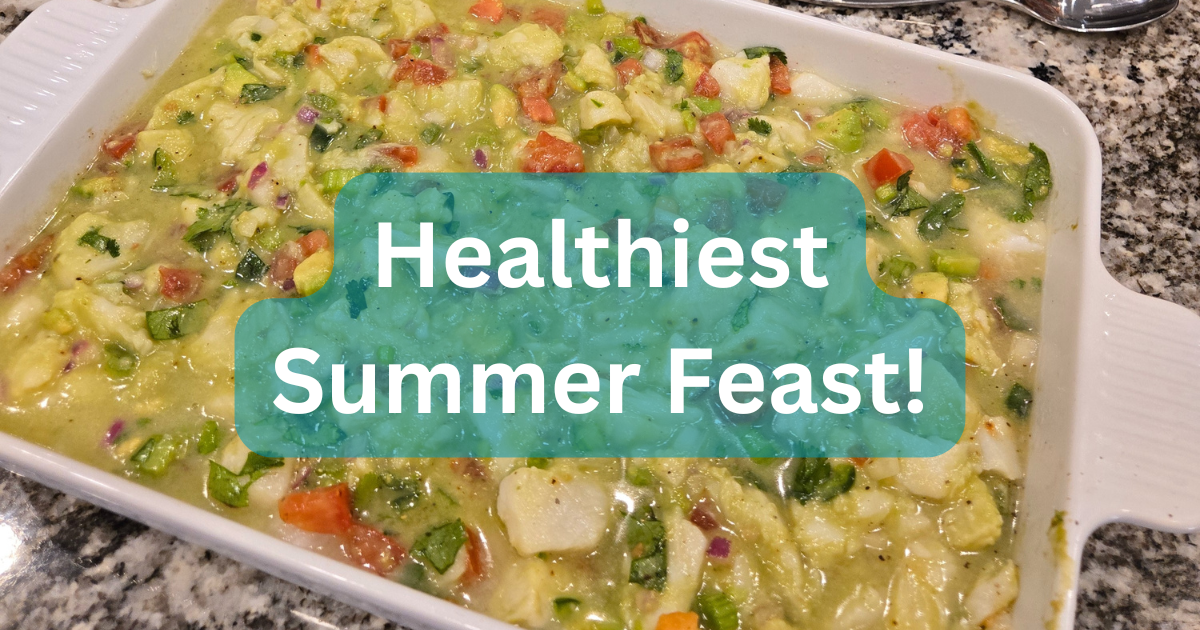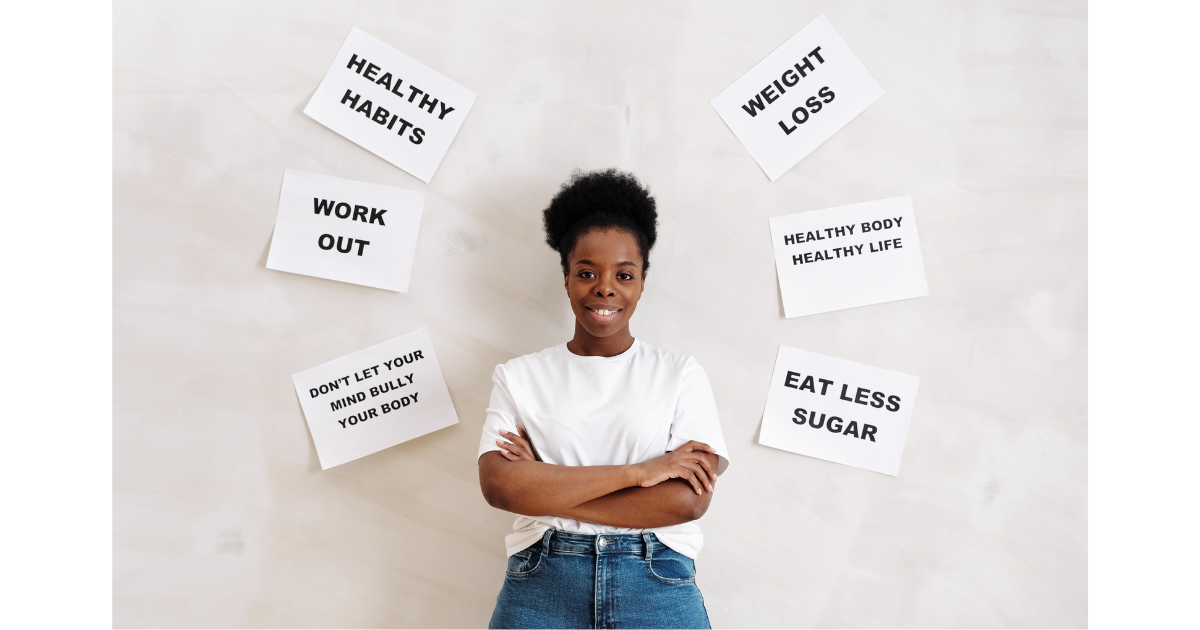When it comes to food, not everything is as it seems…
With so many options on the shelves, it’s easy to get overwhelmed and confused by labels and marketing claims. But understanding the difference between minimally processed, processed, and ultra-processed foods can make a huge difference in your health, energy levels, and overall well-being.

The Spectrum of Processed Foods
Processed foods aren’t all bad—some are actually good for you! Minimally processed foods like frozen veggies, canned beans, and fermented goodies (like yogurt and kimchi) retain most of their nutrients and can be a great addition to your diet. These foods might have been slightly altered for convenience or taste, but they’re still close to their natural state and hold their of nutrients.
Then there are ultra-processed foods—the ones you want to watch out for. These are heavily modified products that have been stripped of their natural goodness and pumped with a ton of additives, preservatives, artificial flavors, and sugars. Think sugary cereals, soda, fast food, and most of those “healthy” snack bars that are anything but. These foods may taste good (they’re designed to be hyperpalatable and addictive), but they do your body no favors, leading to issues like brain fog, inflammation, cravings, and even chronic illness.
Watch this video to get the complete picture and become an expert when navigating the grocery store:
Why This Matters to You
As a busy woman in your 30s, your time and energy are precious. The last thing you need is to feel sluggish, bloated, or constantly fighting cravings. By understanding what you’re putting into your body, you can make better choices that support your health and help you feel vibrant every day.
One key thing to watch out for is trans fats, often hiding in ultra-processed foods. Trans fats are a major health hazard, linked to everything from heart disease to inflammation. If you haven’t already, check out my blog post on What Are Trans Fats, Where Are They Hiding, and Why Should You Avoid Them to learn more about why these sneaky fats should be off your plate for good.

How to Spot Ultra-Processed Foods
So, how can you tell if a food is ultra-processed? The first clue is the ingredient list. If it’s long, full of words you can’t pronounce, or includes things like high-fructose corn syrup, hydrogenated and partially hydrogenated oils, or artificial flavors and dyes, it’s a red flag. Remember, real food doesn’t need a label—or if it does, the ingredient list should be short, simple and easy to understand.

Bottom Line: “Taking Control of Your Health“
Understanding the difference between minimally processed and ultra-processed foods isn’t just about avoiding the bad stuff—it’s about empowering yourself to make choices that align with your health goals. You deserve to feel strong, energetic, and confident in your body every single day. And it starts with what you put on your plate.
Ready to Shift Your Mindset?
For more support, check out my FREE 3-Day Video Program, designed to help you get started on a healthier, more sustainable path. Watch the YouTube video above and subscribe to my channel so you get all the good information delivered directly to you.
References:
https://clinicalcenter.nih.gov/about/news/newsletter/2019/summer/story-01.html
https://pubmed.ncbi.nlm.nih.gov/38719536
https://www.thelancet.com/journals/lanepe/article/PIIS2666-7762(24)00115-7/fulltext



